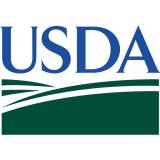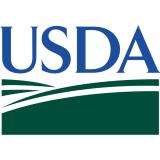North Central U.S. Climate and Drought Outlook Webinar: April 20, 2023
This monthly briefing, hosted by the National Oceanic and Atmospheric Administration (NOAA) and climate partners (U.S. Department of Agriculture, American Association of State Climatologists, National Drought Mitigation Center), covers the region from the Rockies to the Great Lakes.
April 2023 topics included the recent warm up and melting snowpack, transition to ENSO-neutral and the potential for El Niño, the shift from wetter conditions to dry over a large area, impacts to early ag conditions and delays in the northern areas, fire issues on the plains, and ongoing drought issues (impacts to rangeland, winter wheat, etc.).






